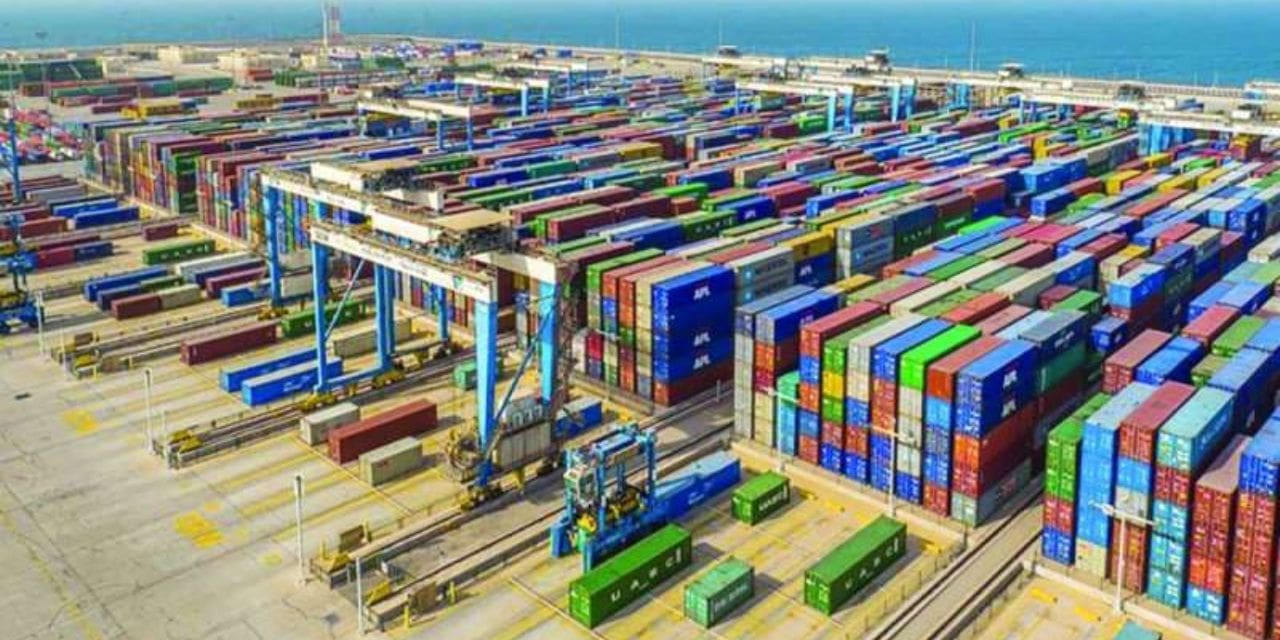India’s total exports (goods plus services) increased by 14.2% over 2021–22 to reach a high of $772.9 billion in 2022–23, above the nation’s objective of $750 billion. Since the pandemic subsided, the performance has been outstanding. But difficulties lurk.
Consider India’s exports of goods, which totaled $450.4 billion in the most recent fiscal year. This was an increase of 6.7% from the $422 billion in exports made the year prior. But if you start dissecting the total, it becomes clear that India’s exports are encountering challenges.
Oil exports, which increased by a staggering 44.4%, were the only source of growth for goods exports. On the other hand, exports of goods other than oil fell by 0.4%. India’s oil exports did, in fact, slightly decrease in volume, therefore the dramatic increase in dollar terms was solely a result of that. price impact (the average price of Brent crude oil in 2018 was $95.5 per barrel compared to $80 in 2021-22). Oil export growth will inevitably decrease or even stop as a result of correcting oil prices and reducing global economic development.
Several important goods in India’s top 10 non-oil exports decreased, including textiles (-17.6%), plastic and rubber products (-12.1%), base metals (-22.4%), and gems and jewellery (-3.0% on-year). The second-largest export from India, chemical products, only increased by a meagre 2%. Many of these are excessively reliant on developed economies, primarily the US and the Eurozone, which are expected to stall this year. That suggests that exports will be further hindered. And the damage will only be made worse by the drop in global commodity prices.
India’s exports of goods have decreased for three months in a row, with April observing a double-digit year-over-year fall of 12.7%. There should be a qualifier when reading the premise that growth will decrease in the US and Eurozone but remain strong in the Asia-Pacific (which accounts for a bigger share of India’s merchandise exports). If China is excluded, the Asia-Pacific is predicted to slow this year because to a decline in the post-post-covid reopenings-induced demand for manufactured products as well as the financial effects of increasing interest rates.Second, despite being India’s top export market, the region’s percentage of its exports has decreased recently.
Electronics and agricultural products, two of India’s top ten exports, did fare well in the most recent fiscal year. When compared to the latter, which expanded significantly by 51.6% thanks to help from the former’s 11.8% growth PLI (production-linked incentive) programme. However, if the threat of El Nio reduces food production, agricultural exports may halt.
Regarding the ‘strong’ growth in electronic exports (mostly mobile handsets), it is important to highlight that these are significantly dependent on imports and still make up only approximately 5% of India’s total exports. This means that the type of multiplier effect that the export of a large item, like an automobile, will be absent in the case of a mobile handset, as these are primarily assembled and import-dependent, even though the ecosystem for their production has not yet developed in India. Automobiles are manufactured using products from a number of industries, including tyres, engine, plastic, paint, and steel.
Despite the near-term challenges facing merchandise exports Nevertheless, services exports are providing much-needed assistance, assisting in maintaining positive growth in total goods and services exports. Services exports increased by a healthy 26.7% compared to the 6.7% growth in merchandise exports (including oil) during the previous fiscal year.
India’s services exports have been growing significantly, increasing from 32.3% of overall exports a decade ago to 41.7% in 2022–2023; the country’s commerce minister anticipates that services exports would reach $1 trillion by 2030, perhaps boosting its contribution to 50%. India’s contribution to global service exports, which increased to 4.5% in 2022 from 3.1% a decade earlier, illustrates this as well. India’s share of global exports of products, in contrast, has remained constant at 1.8%. India was the seventh-largest exporter of services, but it came in significantly lower at number eighteen. exporting of products.
Professional and management consulting exports have increased over the past few years, increasing consistently from 7.9% in 2011–12 to 16.4% in 2022–23 (April–December), even though computer services still account for 45–50% of India’s overall services exports. The expansion of global capability centres (GCC), which offer a variety of value-added services like research and development, system design, etc., is reflected in the increase in professional and management consulting exports.
Nasscom’s newly published Strategic Review 2023 states that India gained 65 new GCCs in 2022, bringing the total to 1,570, and that it now controls the lion’s share (about 50%) of GCCs worldwide. In fact, even if computer exports (net) increased on average by 20.7% from April to December 2022-23, growth in professional and management consulting exports more than trebled to 66.7%. So, robust professional and management consulting exports can act as a counterbalance. From a medium-term perspective, however, the rapid rise of artificial intelligence applications in many services areas remains a risk.
While healthy growth in services exports does provide some cushion, it does not fully compensate for the slowdown in goods exports, as the gap between the two remains huge. A slowdown in exports, therefore, looks imminent at this juncture.

